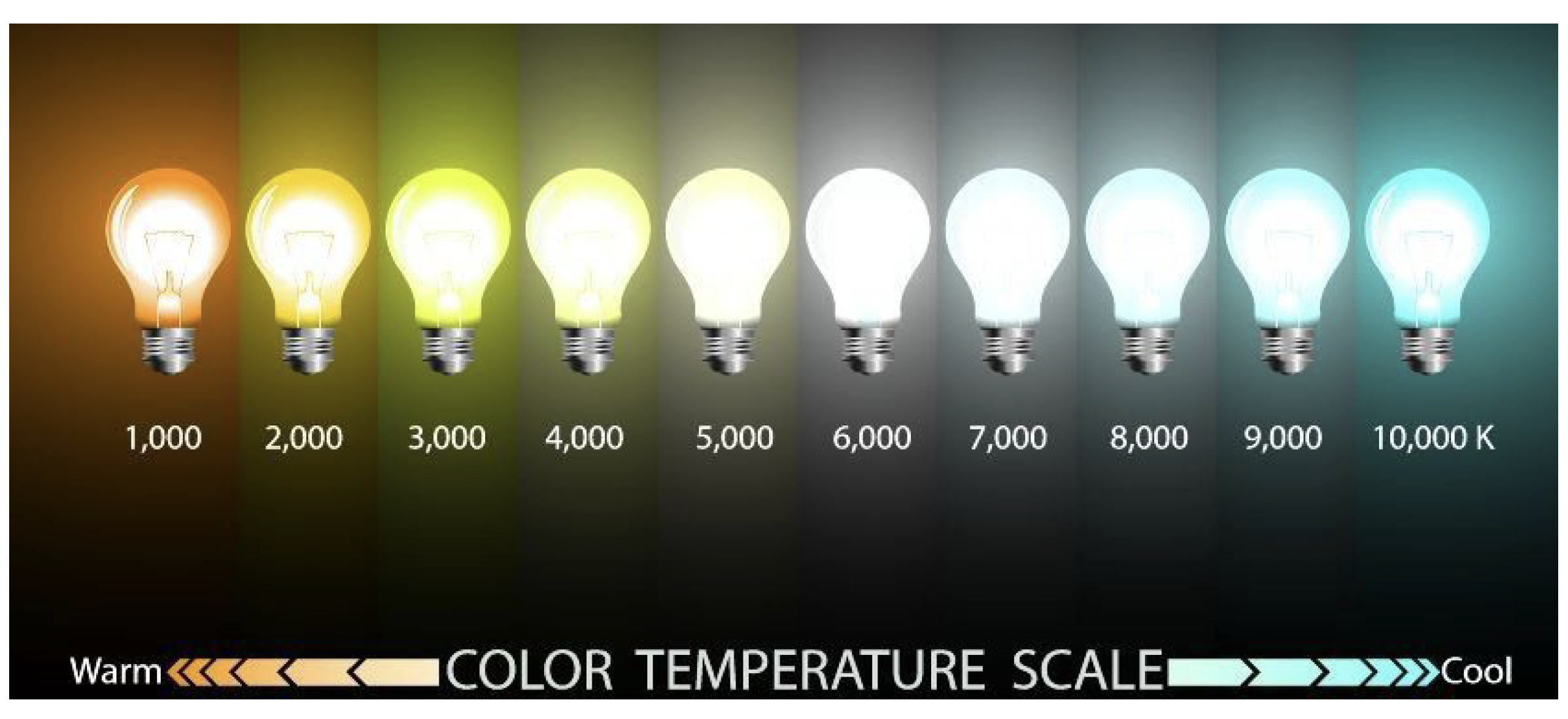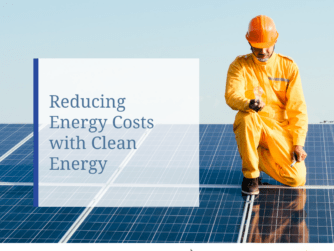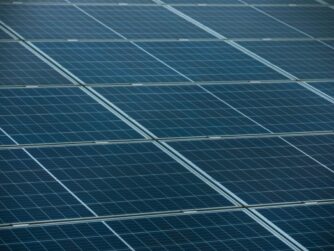LEDs (Light Emitting Diodes) are the cleanest, most cost-efficient, and energy-efficient source of lighting you can purchase for your home, business, or institution. LEDs allow you to enjoy the benefits of saving money, light adjustments to fit your desired aesthetic, and energy conservation – all at once.
The reason our hands get burned from a hot incandescent light bulb is because most of the energy produces HEAT instead of visible light. An LED light bulb produces the same amount of visible light – but without wasting 80% of the energy in heat. It takes less than 20 watts of LED bulb to produce the same amount of light that a 100-watt incandescent bulb produces.
There are many different types of LED choices – it all depends on your needs and preferences. Here are a few tips and things to think about before you purchase your first LED light bulb.
● If you have a dimmer, make sure the LED you are purchasing is compatible.
● If you’re buying LED lights for the first time, consider shopping in person rather than online so you can actually see the colors on display. Everyone has a different preference – some people like a pure white color; others want a “warmer” or “cooler” look. Most large retail stores have a “color box” that lets you check out how you look with various color temperature LED lamps.
● There should be a “Lighting Facts” label that shows brightness, light color, energy use, estimated energy costs, and expected life. Choice a lamp that has a US EPA “Energy Star” label.
● Look at the hours the lamps are rated for. Be cautious of cheap light bulbs. While a cheap bulb may be less expensive, its life span may be as low as 2,000 hours compared to 20,000 to 65,000 hours of life in a quality LED.
To see the complete list of things to look for, download the FREE AWESome EarthKind guide:
By changing to LEDs, you’ll save energy and have a positive impact on the environment, you’ll spend less time and money replacing lightbulbs, and – best of all – your electricity costs will decrease.








